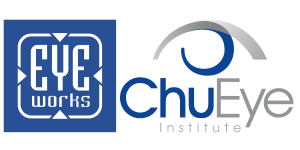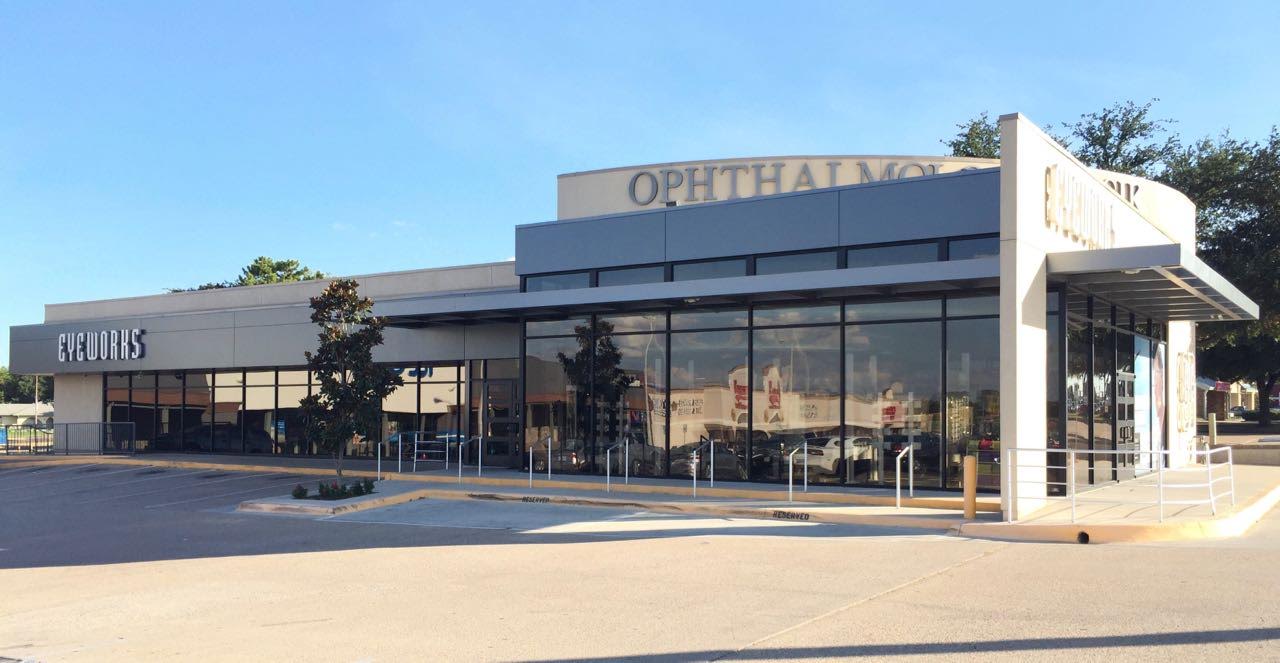Most of us are familiar with the standard function of contact lenses: to correct nearsightedness, farsightedness and astigmatism. But recent academic reports present a glimpse into the future of contact lenses, and how they’re going beyond replacing prescription eyeglasses.
Myopia Control
In 2019, the FDA approved the first soft contact lenses designed to slow the progression of myopia (nearsightedness) in children. These innovative contact lenses are multifocal and have been shown to be safe and effective in children as young as 8 years old.
What implications does this have in the eye care world?
Widespread use of contact lenses for myopia management could eventually reduce the number of people with high levels of myopia and, consequently, decrease the amount of myopia-related ocular disease in the future.
From the optometrists’ perspective, innovations like multifocal contact lenses encourage eye doctors to stay on top of emerging technologies and research, and incorporate them into routine eye exams.
Managing Ocular Diseases
Glaucoma is a leading cause of blindness worldwide, and new contact lens technology that is available in some parts of the world is helping patients manage their condition.
These cutting-edge contacts use microelectronic technology to continuously monitor the wearer’s inner eye pressure — crucial information for glaucoma patients.
Scientists are also currently developing contact lenses that release lubricants onto the surface of the eye to treat dry eye syndrome.
Eye Allergies
You may have experienced the irritation, redness, itchiness and watery eyes that accompany eye allergies. Relief may be found in a new type of contact lens that contains a slow-release drug-delivery system. These contact lenses are available in Japan and Canada, where they have already been approved for use, and have been shown to significantly reduce patients’ eye allergy symptoms for up to 12 hours.
Many of the contact lenses mentioned above are still in their testing phases and aren’t yet available to the public in most countries. However, myopia management contact lenses are widely available in the United States, so speak with your optometrist for more information.
The hope for a clearer and brighter future is strong with these innovative medical devices.
Our optometric team stays up-to-date with emerging research and technologies for optimal patient care. To schedule your eye exam, call Eyeworks in Ft. Worth today!
At Eyeworks, we put your family's needs first. Talk to us about how we can help you maintain healthy vision. Call us today: 817-346-7077 or book an appointment online to see one of our Ft. Worth eye doctors.
Want to Learn More? Read on!
FOLLOW US:
Q&A:
How often do you need an eye exam?
It’s recommended that adults have a comprehensive eye exam every 1-2 years, and annually after the age of 65. If you wear glasses or are at risk of developing any eye conditions, your eye doctor may recommend more frequent exams.
Who is a candidate for myopia management contact lenses?
Nearsighted children aged 8 and up, teens and young adults with mild to moderate myopia are candidates for myopia management. Speak with one of our staff members to determine whether myopia management is right for you or your child.








